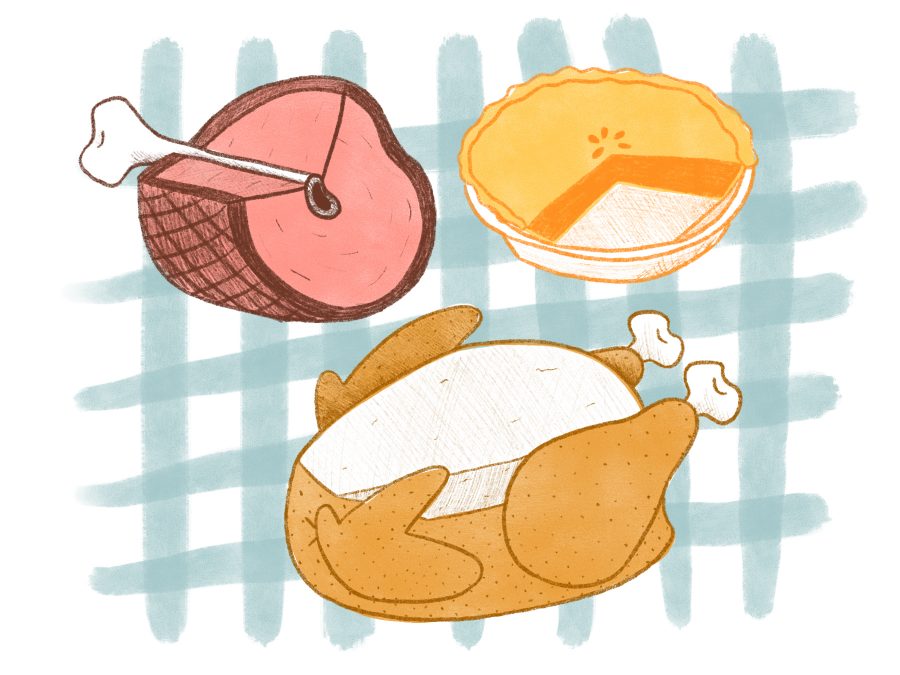You recently ran a story calling for a full repeal of both the top 10 percent rule and affirmative action in admissions. In short, the author, Daniel Hung, essentially believes UT Austin can improve its rankings by “just admit[ting] better students.” I find the author’s position challenging, because what could be better than finding the most efficient and creative ways of diversifying the state’s highest-ranked public university?
In other words, what Hung is suggesting is this: Let’s bring only the elite from private schools across the country, even internationally, and place them in Texas’ flagship institution. I mean why not, that’s what state tax dollars are for, right? To make sure public research institutions represent the demographics of the elite and not the state. Wrong.
The real issue is probably the fact that Texas’ K-12 public school system is infused with segregation, leading to predominantly white school districts being able to secure the most funding to teach to a couple of tests, the same tests which can determine a student’s ability to receive a well-rounded education from a global perspective. This is unfair, to say the least. (The fact that Texas even needs the top 10 percent rule is probably a poor reflection of our educational budget, along with electoral zoning deficiencies.)
I believe UT has created an admissions system that is effective at rectifying past wrongdoing, and has been deemed constitutional by the U.S. Supreme Court. Unfortunately, with a competitive admissions process, not everyone will be accepted, including the elite who only have academics to fall back on. UT seeks well-rounded students with more to offer than their GPA and racial background. The factors include socioeconomic status, family background, languages spoken in the household, first-generation students, etc.
If race-based affirmative action is the largest factor in admissions, then why is the black/African-American UT population merely 4 to 5 percent every year when the state’s demographics for black/African-Americans is approximately 12 percent? We, as black students and alumni, should be asking why more people are not supporting affirmative action and the modified top 10 (now top 7) percent rule, especially when we aren’t the only ones who benefit from affirmative action.
Overall, the continued use of affirmative action would foster a more diverse environment and create better learning experiences. This would more likely contribute to an increased ranking, rather than admitting “better students.” Increased funding for minority support centers and programs would likely have a similar effect.
And if it works, then maybe for once, minority students could actually feel welcome on campus without “historic” fraternities and sororities singing about hanging us from trees, mocking our culture and making sure we are excluded from parties and serving up margaritas after a “border crossing.” Not to mention the other students who drunkenly throw bleach bombs from the overpriced West Campus apartment balconies and host affirmative action bake sales.
— Jasmine Kyles, 2013 graduate of the Moody College of Communication, in response to Daniel Hung’s Monday column titled “Nix the top 10 percent rule, affirmative action.” While an undergraduate, Kyles advocated for the University through a partnership between the Black Student Alliance and the NAACP Legal Defense and Education Fund.


















